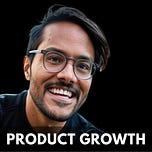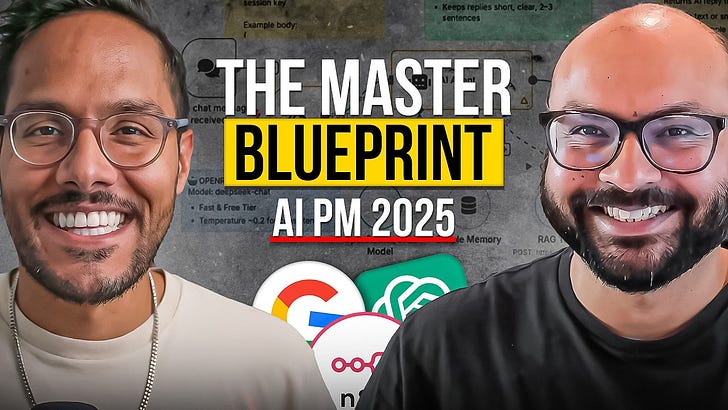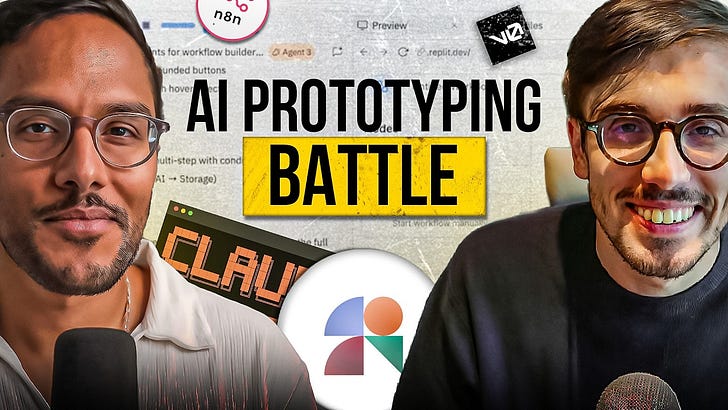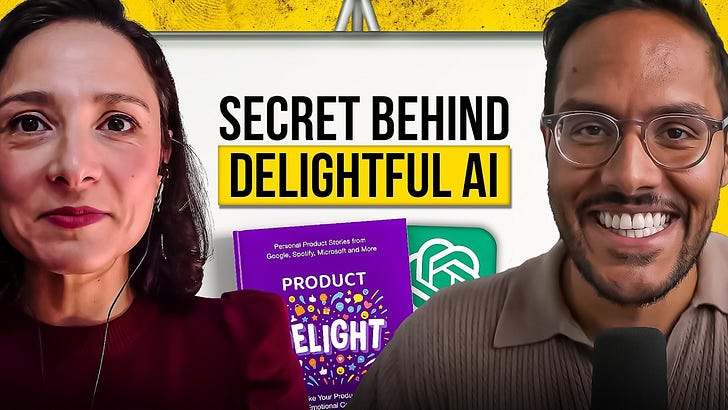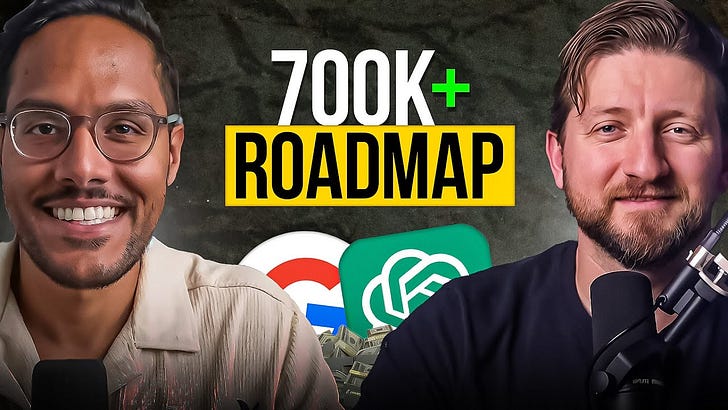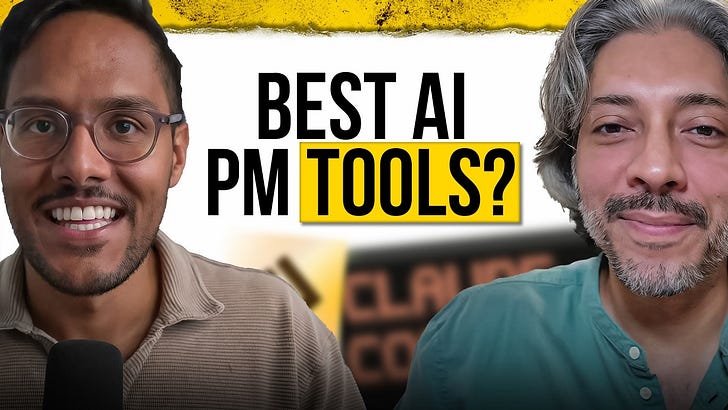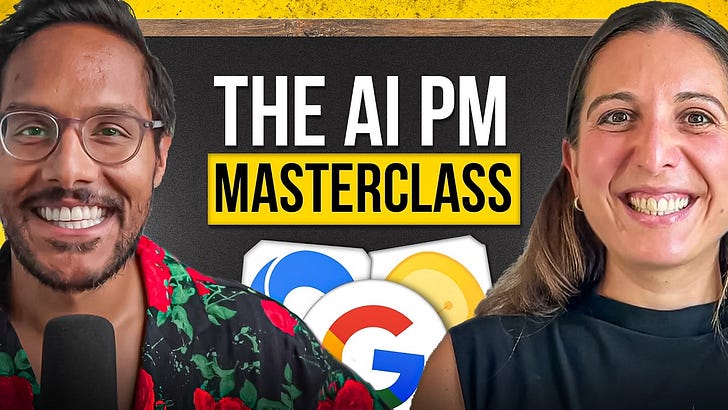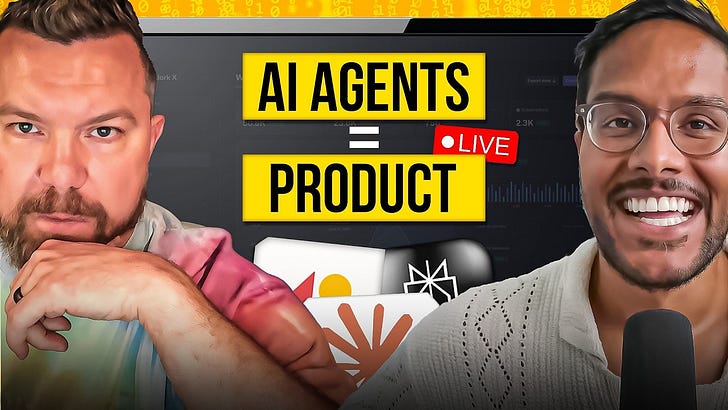Listen now on Apple, Spotify, and YouTube.
Brought to you by:
Attio: The next generation CRM
OneSchema: Automate CSV imports directly in your product
Cello: Your all-in-one platform for partner & user referrals
Statsig: The complete platform for Product Growth
Freemium, free trial, or reverse trial?
Are you stuck on this question?
Unfortunately, you're thinking about Product-Led Growth (PLG) wrong.
In this episode, Wes and I tackle common PLG Myths, and explain how you can effectively implement PLG for your product.
Wes Bush is the Founder and CEO of ProductLed. He is a Best-Selling author of Product-Led Growth: How to Build a Product That Sells Itself and is one of the most sought-after Product Experts in the world (who charges $16K+/month).
In our conversation, we cover:
What Product-Led Growth (PLG) is not | 01:27
Who PLG is For | 13:33
How to Add a PLG Motion | 22:38
Packaging and Pricing Models in PLG | 31:17
Acquisition Strategies for PLG | 50:43
Product-Led Sales | 01:04:19
How to Optimize Free to Paid Conversion | 01:10:19
Organizational Structure | 01:18:21
Expansion Strategies | 01:26:06
How to Survive the Current PM Job Market | 01:33:13
The Impact of AI on Product Management | 01:36:03
Here are the Key Takeaways
Here were my favorite lessons from our conversation:
1. Product-Led Growth (PLG) is More Than Self-Serve
Product-Led Growth (PLG) is not about implementing self-serve motions such as, free trials, or freemiums.
It requires building a product-led organization with the right strategy, people, and capabilities.
You can have the best executed PLG motion but it won’t help you achieve anything without the right foundation.
2. Make Your Product Your Best Marketer
Product-led acquisition is all about leveraging your product to drive organic growth. Instead of relying on a sales team, the product itself acts as an enabler to bring in new users.
Wes highlights examples like Loom, where users naturally share videos via branded links, making the product more visible to other people.
This kind of built-in virality acts as a powerful acquisition tool in PLG.
3. The Power of Value Metrics in PLG
To optimize free-to-paid conversions, companies should focus on value metrics—metrics that show how much value users are getting from the product. They help determine what to give away for free and how to scale pricing.
Offer just enough to users to experience success and build a ladder-like upgrade system that doesn’t overwhelm them with sudden pricing jumps.
Finding the right balance is key - too generous can hurt monetization, too restrictive can hurt acquisition.
4. Rethinking Organizational Structure for PLG
Wes introduces the concept of an accountability chart vs. traditional org structure. An accountability chart shows multiple roles a person might have, unlike a traditional org chart.
It helps identify inefficiencies and opportunities for optimization in smaller, growing companies. He also explains his 3T Test:
Trash: Jobs that can be eliminated without impact
Trim: Responsibilities that can be reduced or shared
Treasure: Critical roles that drive the most value and need focus
Check out the full episode for more details!
Referenced
Frameworks:
3T test (Trash, Trim, Treasure)
Accountability chart vs Org structure
Wes’ book: Product-Led Growth: How to Build a Product That Sells Itself
Wes’ newest book: The Product-Led Playbook: How to Unlock Self-Serve Revenue and Dominate Your Market
Wes’ favorite book: Playing to Win: How Strategy Really Works by A.G. Lafley and Roger L. Martin
Additional Resources from the Newsletter
Where to find Wes
If you prefer to only get newsletter emails, unsubscribe from podcast emails here.
Up Next
We have some great podcasts coming from Gagan Biyani, Hila Qu, and George Harter. I’m so excited to share them with all of you.
In the newsletter, check out this week’s latest piece if you haven’t yet: How Real PMs Get Jobs in this Market
Look out for these pieces up next:
How Lempire Built a $28M SaaS (with a special 30 minute pod)
What Your Biggest Weakness Really Is
Storytelling for PMs
Real Case Interview Coaching
I think you’re going to love them,
Aakash

